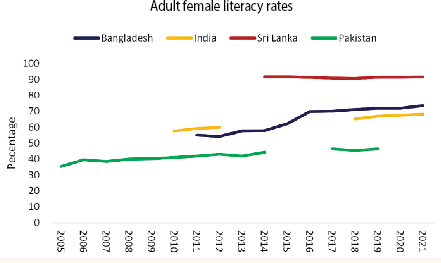
THE Punjab Livestock and Dairy Development Board is mulling extending the ongoing silage production project for livestock and dairy farmers — adding two more districts to the existing four.
The move aims to replace traditional green fodder which is facing a severe shortage and is said to be responsible for low milk production.
Punjab currently faces 75pc fodder shortage with animals suffering from malnutrition producing low quantities of milk. Research institutes’ have offered no positive outcome to this dilemma.
The Punjab government has recently approved Rs300m for expanding then silage project
Official records show, against a demand 200m tonnes across the province, only 51m tonnes of fodder is being produced which means only 1kg/large animal/day is available. Punjab’s total crop area is 22.6m hectares, of which 13pc produces fodder and 1.1m hectares are utilised for maize the crop.
The pilot silage project, initiated by the livestock board in 2016, achieved one month production of 0.1m silage bales in the last one season with 100pc sales. It has a packing capacity of 60kg silage bales (for 90pc small farmers) in Kasur and Okara and one tonne silage bales (for 10pc commercial livestock farmers) in Sargodha and Chiniot.
To overcome fodder shortage, farmers mostly use wheat straw, which has less than 3pc protein, lacks other required nutrients and costs around Rs10/kg. On the other hand, PLDDB is providing silage that has 7pc protein and required nutrients at Rs7-8/kg.
As the demand for low cost silage fodder grows among farmers, the board plans to scale up the project into suitable districts like Jhang and Pakpattan.
This expansion plan requires necessary machinery and infrastructure to enhance production and packaging at 0.3m bales/year; introduce lots of 350kg bales for medium-income farmers (60kg for small and 1,000kg for large farmers); introduce necessary linkages, market and train resources for fodder promotion and to work out required capital costs.
The start-up cost of the project is Rs250m, including capital expense and working capital, while silage sale is open to all districts of the province.
The new machinery’s working life is 15 years and its financial projection — with a minimum 10pc internal rate of return per season (20pc annual profit) — suggests it will pay back the cost in nearly five years.
After setting up its own plants and launching silage sale, the board plans to assist majority of the farmers in setting up their silages. It initially aims at facilitating 20 farmers for 60kg silage with Rs1.2m and that of one tonne with Rs12m.
“We are continuously blaming the Sahiwal Cow, Neeli Ravi Buffallo and other indigenous breeds for producing less milk, but no one questions the authorities about fodder non-availability. It is imperative to first ensure proper animal diet before expecting production from them”, says a senior official, associated with the project.
He added that those who can afford to are importing animals for better milk production while local animals, which have the capacity to produce an average 15 litres/day, are being neglected.
The Punjab government has recently approved Rs300m for expanding then silage project. Official statistics show PLDDB has produced about 50,000 tonnes of silage which has helped improve milk production by 30pc.
Farm data comparisons have revealed that milk average previously at 4.5ltr/day, rose to 8ltr/day after the introduction of silage feed.
Silage is made from fresh green maize and in packed air tight containers to last for over three years, making it more commercially viable than seasonal green fodder. Farmers will have to use hay and crop residues like Khal, banola, etc, to feed their livestock the rest of the year.
There is a huge market for silage in the dairy sector as its uses have been proven as efficient, internationally, to improve health and milk productivity in livestock.
Published in Dawn, Business & Finance weekly, February 20th, 2017

































